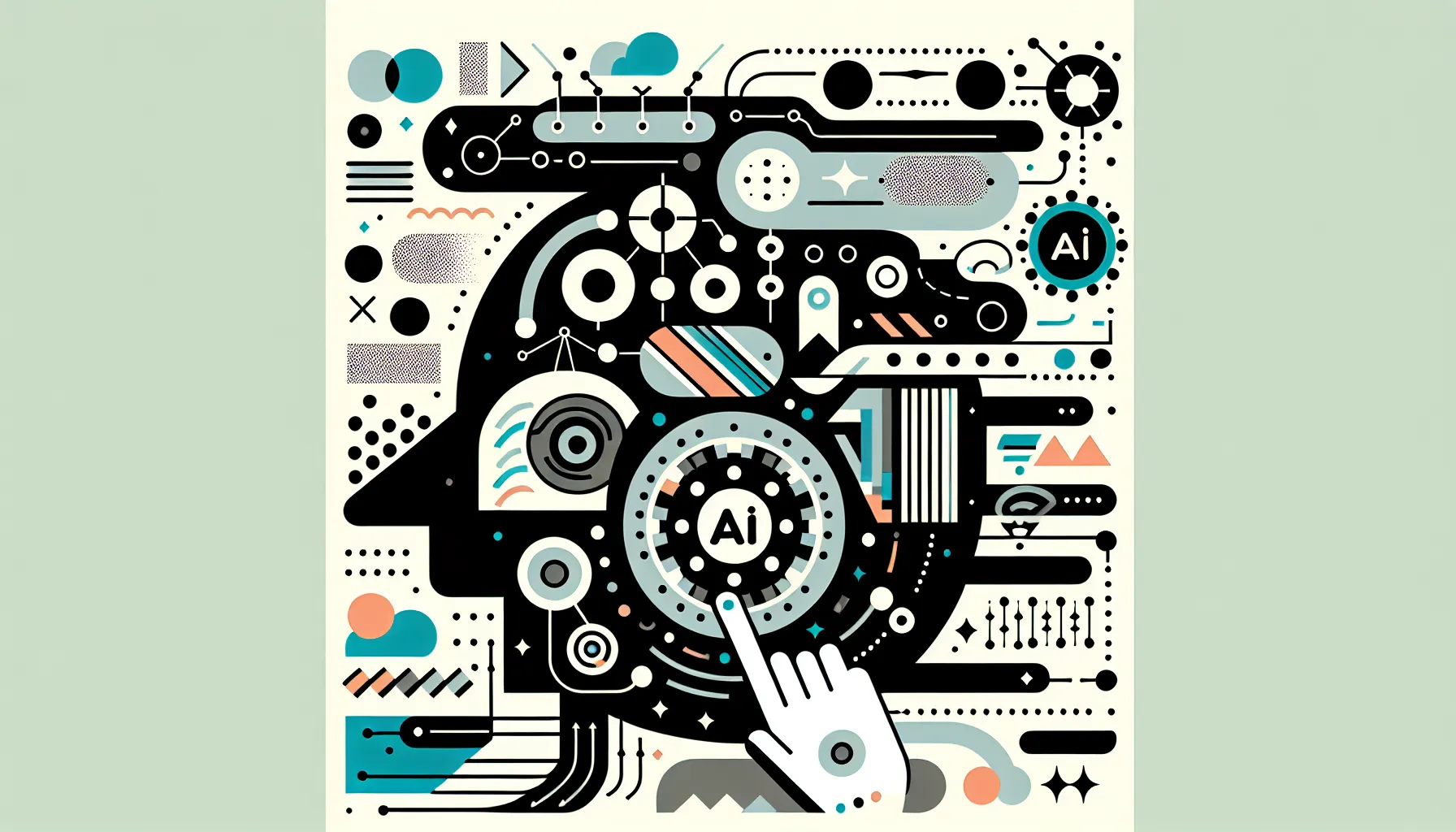Building Your First AI Agent: A Beginner's Guide to Autonomous Chatbots
Building Your First AI Agent: A Beginner's Guide to Autonomous Chatbots

Building Your First AI Agent: A Beginner's Guide to Autonomous Chatbots
Artificial Intelligence is changing the way we interact with software. From customer service bots to smart personal assistants like Siri and Alexa, AI-powered agents are powering the next generation of web and mobile experiences. If you've ever been curious about building your own AI agent, this detailed guide will walk you through the basics using modern AI tools and frameworks.
What is an AI Agent?
An AI agent is an autonomous software entity that can perceive its environment, make decisions, and perform actions to reach specific goals. Unlike chatbots that are typically rule-based or use predefined scripts, AI agents can integrate large language models (LLMs) for natural understanding and decision-making capabilities.
Key Components of an AI Agent:
- Input Interface: Accepts text (or speech) input.
- NLP Engine: Parses and understands the input (e.g., OpenAI's GPT, Google PaLM).
- Decision Logic: Based on goals, chooses next action.
- Memory/State: Remembers context across interactions.
- Output Generator: Sends a response back to the user.
- Optional Tooling: APIs, Webhooks, or external data sources.
Tools and Frameworks You'll Need
To build a simple yet functional AI agent, we'll use the following tools:
- Node.js: For building the main service.
- OpenAI GPT API: For adding natural language understanding.
- LangChain.js: To structure multi-step reasoning agents.
- Express.js: To expose HTTP endpoints.
- Redis (optional): To store conversational memory.
Bonus: You can also use other LLMs like Cohere, Anthropic, or even open-source models like LLaMA or Mistral depending on your goals.
Step-by-Step Guide to Build an AI Agent
1. Set Up Your Environment
Make sure you have Node and npm installed. Initialize your project:
mkdir ai-agent cd ai-agent npm init -y
Install necessary dependencies:
npm install express axios langchain openai dotenv
2. Configure Your OpenAI API Key
Create a .env file:
OPENAI_API_KEY=your_openai_api_key_here
In your index.js file, load the environment variables:
require('dotenv').config();
const express = require('express');
const { OpenAI } = require('langchain/llms/openai');
const app = express();
app.use(express.json());
const llm = new OpenAI({
openAIApiKey: process.env.OPENAI_API_KEY,
temperature: 0.7,
});
3. Create Your Agent Logic
Now let’s create a base agent using LangChain:
const { initializeAgentExecutorWithOptions } = require('langchain/agents');
const { SerpAPI } = require('langchain/tools');
async function createAgent() {
const tools = [
new SerpAPI(process.env.SERPAPI_KEY, { location: 'us', hl: 'en', gl: 'us' })
];
const executor = await initializeAgentExecutorWithOptions(tools, llm, {
agentType: 'zero-shot-react-description',
});
return executor;
}
NOTE: You’ll need a SerpAPI key if you want to include web search capability.
4. Add a Message Processing Route
Now, let’s add an API endpoint where the user sends a message:
app.post('/chat', async (req, res) => {
const { message } = req.body;
const agent = await createAgent();
try {
const response = await agent.call({ input: message });
res.json({ reply: response.output });
} catch (err) {
console.error(err);
res.status(500).json({ error: 'Agent error' });
}
});
app.listen(3000, () => {
console.log('AI Agent is running on http://localhost:3000');
});
Send a POST request to /chat with a message and receive intelligent responses based on the capabilities of GPT and your tools.
Testing Your Agent
Use Postman, curl, or any frontend tool to test:
curl -X POST http://localhost:3000/chat \
-H "Content-Type: application/json" \
-d '{"message": "What’s the weather in New York?"}'
With SerpAPI enabled, your agent can fetch real-time data, mix it with LLM reasoning, and provide an accurate answer.
Scaling Your Agent
Want to level up your agent? Consider adding:
- Contextual memory using Redis or vector stores like Pinecone.
- Multiple tools: Google Calendar API, Stripe API, Zapier, etc.
- Voice Input/Output: Use Web Speech API or Twilio.
- User Authentication: Protect endpoints via JWT.
- More frameworks: Use tools like LangGraph, AutoGPT, or AgentGPT for advanced interactions.
Use Cases for AI Agents
- Customer Support Assistants
- Data Analysis Helpers
- Product Recommendation Bots
- Onboarding Agents & HR Assistants
- Personal Travel/Task Assistants
Ethical Considerations
As AI agents become more capable, it’s essential to:
- Prevent hallucinations or incorrect info.
- Inform users they’re interacting with an AI.
- Monitor for harmful or biased outputs.
- Avoid over-automation without human fallback.
Final Thoughts
Building your first AI agent is easier than ever thanks to the rich ecosystem of large language models and agent frameworks like LangChain. By combining natural language interfaces with access to external APIs and tools, your smart agent can navigate tasks in a way that's helpful, interactive, and engaging.
Whether you’re just playing around or building toward a product MVP, AI agents offer immense opportunities. Be mindful of the challenges, especially around bias and trust, but also explore creatively – the future of software will be increasingly agentic!
🧠 Want to dive deeper? Check out projects like AutoGPT, BabyAGI, or ReAct paper to explore how AI agents can chain tools and reasoning steps together for complex tasks.
Happy hacking! 🤖
🚀 If you need help building a smart chatbot or AI agent for your product or business – we offer such services.